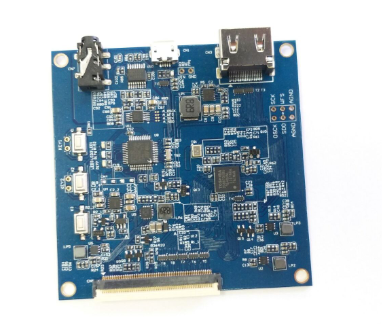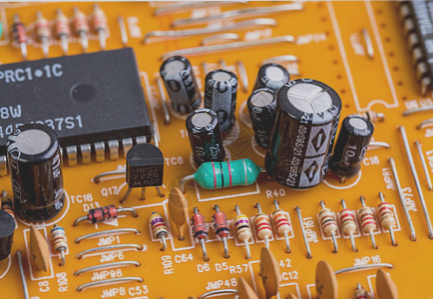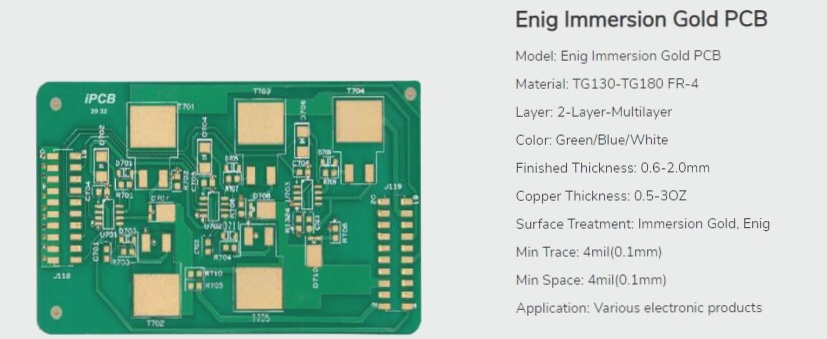The Importance of Choosing the Right PCB Surface Treatment Process
The choice of PCB surface treatment process is crucial as it directly impacts the production, assembly, and final use of the PCB. Below, we will explore five common surface treatment processes:
1. Hot Air Leveling
Hot air leveling, once dominant in PCB surface treatment, is now used in only about 25% to 40% of PCBs. While effective for larger components and wires with wider spacing, it is messy and hazardous. Newer technologies like organic coating and electroless nickel/immersion gold are now preferred due to their cleaner and safer processes.

2. Organic Coating
Organic coating technology is on the rise, surpassing hot air leveling in usage. It is suitable for both low-tech and high-tech PCBs and is ideal when specific functional requirements are not needed for surface connection.
3. Electroless Nickel Plating/Immersion Gold
This process is commonly used for boards with functional connection requirements and long storage periods. It is favored for its reliability in applications like mobile phone keypads and chip processor connections.
4. Immersion Silver
Immersion silver is a cost-effective alternative to electroless nickel/immersion gold. It offers excellent flatness and contact properties, making it ideal for communication products, automobiles, and high-speed signal designs.
5. Immersion Tin
Introduced in recent years for production automation, immersion tin is suitable for communication backplanes. However, its use is limited due to solderability issues over time and concerns about carcinogenic substances.
Challenges and Opportunities in PCB Surface Treatment
As the PCB industry continues to evolve, the future of surface treatment processes is at a crossroads. With a surge in customer expectations, tighter environmental standards, and a plethora of treatment choices available, selecting the right processes can be daunting. However, prioritizing customer satisfaction and eco-friendly practices is crucial.


